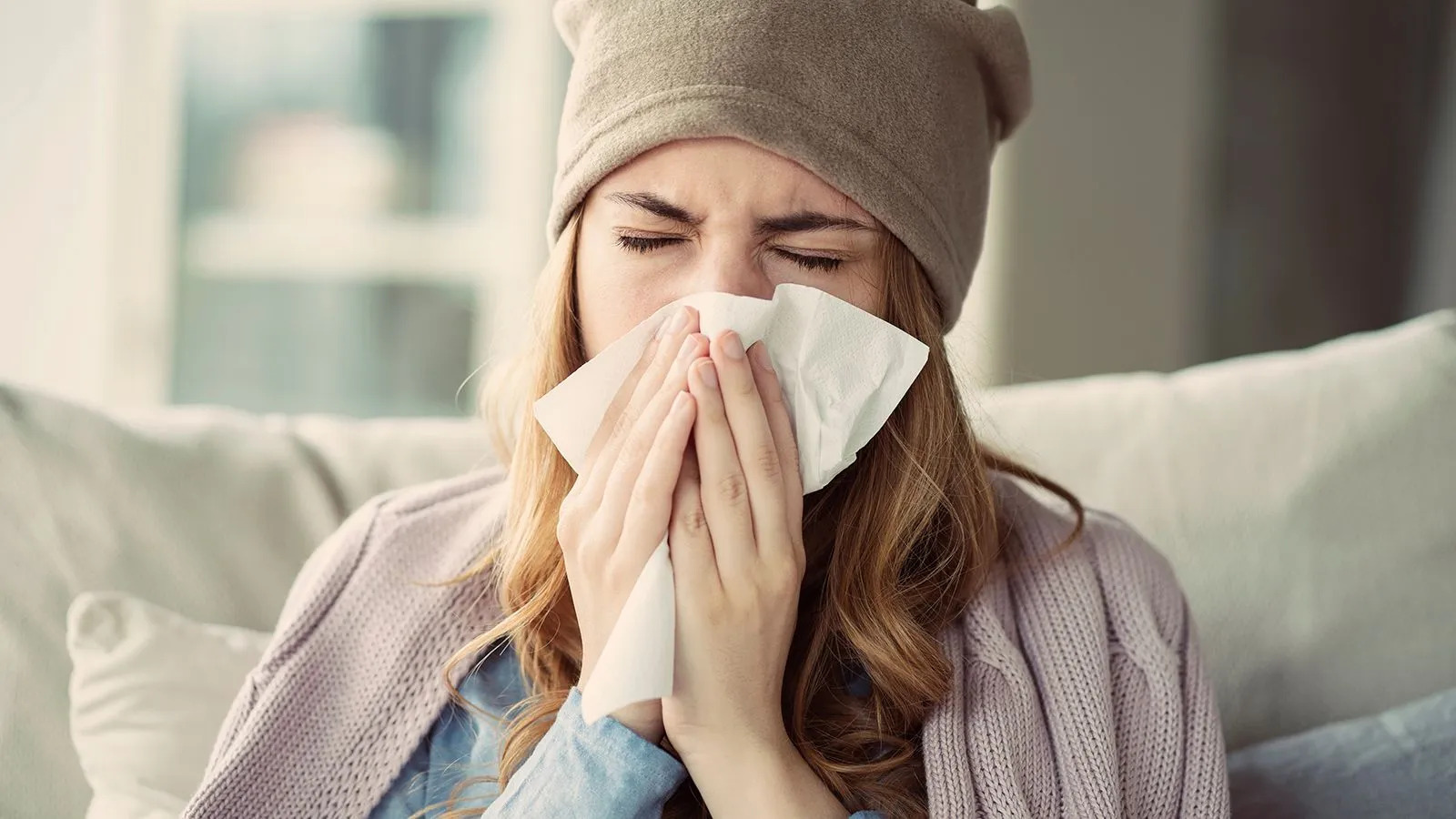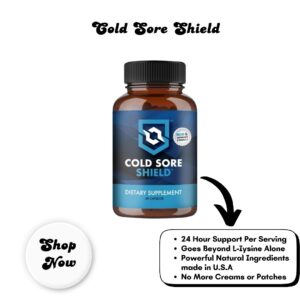Cold Versus Flu Symptoms
Cold symptoms appear gradually and include sneezing, a runny nose, a sore throat, a mild to moderate cough and slight fatigue. Fever, aches, chills and headaches are much less common with a cold. In comparison, flu symptoms arrive quickly and consist of fever, body aches, chills, coughing, congestion and fatigue. The flu is sometimes accompanied by headache and a sore throat. Influenza is a more serious viral infection than the common cold and can lead to complications. The most common complication of influenza is a viral or bacterial pneumonia or lung infection. This can sometimes lead to hospitalization or even more serious outcomes.
How Are the Cold and Flu Transmitted?
Both the cold and the flu are caused by viruses. The common cold is derived from multiple viruses, but the most prevalent virus is rhinovirus. The flu, however, is contracted from different types/strains of the influenza virus. Viruses spread through the air, personal contact and bodily discharge, like saliva or respiratory fluids from coughing or sneezing. Both colds and flu are transmitted the same way. By taking the following measures, you can better arm yourself against both illnesses:
- Wash your hands often for at least 20 seconds, using soap and warm water, and be sure to dry them thoroughly when finished.
- Avoid touching your eyes, nose and mouth with unwashed hands.
- Cough or sneeze into a tissue or your elbow, rather than on your hands.
- When possible, stay away from people who are ill and do not go to work or send your children to school if you or they are sick.
- Another common and effective way to prevent the flu is to get vaccinated. About two weeks after the injection, influenza antibodies develop in the body and may prevent the development of the flu or reduce the severity of its symptoms. The Centers for Disease Control and Prevention recommends the flu shot for anyone over the age of 6 months.
How Can You Treat the Cold and Flu?
Unfortunately, there is no magic cure to make the cold or flu disappear, but there are approaches that you can take to weaken the illnesses and speed up your recovery.
Consult a doctor
If you experience flu-like symptoms, visit your doctor or an urgent care clinic. An anti-viral medication can weaken the severity and duration of the illness, but it is most helpful if administered within the first 48 hours of flu symptoms.
Do not take an antibiotic
Since the cold and flu are not bacterial diseases, they cannot be treated with an antibiotic. Also, taking an antibiotic when it’s not necessary can make you more prone to some illnesses.
Take over the counter fever reducers
Use acetaminophen or ibuprofen to treat many of the common symptoms. These medications can reduce fever, sore throat, and body aches, chills and headaches that are common with the flu.
Hydrate, hydrate, hydrate
Both a cold and the flu can cause dehydration and drinking enough fluids is vital for recovery. High sugar beverages, like sports drinks or sodas, don’t contain the necessary electrolytes to facilitate optimal hydration. Instead, drink water, hot or iced tea, coconut water or a rehydration solution like Pedialyte, which has a small amount of glucose and key electrolytes such as sodium, chloride and potassium.
Get proper nutrition
Having a decreased appetite is common with the flu but getting key nutrients can help you keep your energy levels up and help you recover. You may not feel like eating fruits and vegetables when you’re sick, so try to get them in other forms like soups or smoothies. As you bounce back and your appetite returns, if you need additional nutritional support, a product like Ensure® Original help, as it comes loaded with 27 vitamins and minerals and 9 grams of protein per bottle.
Take time for rest
Staying at home and resting can stop you from further spreading the illness and allow your body the time it needs to heal. Keep in mind, you are most contagious in the first 24 hours of developing the cold or flu. Influenza is highly contagious, and you should stay home from work or school until you are fever free for 24 hours.




